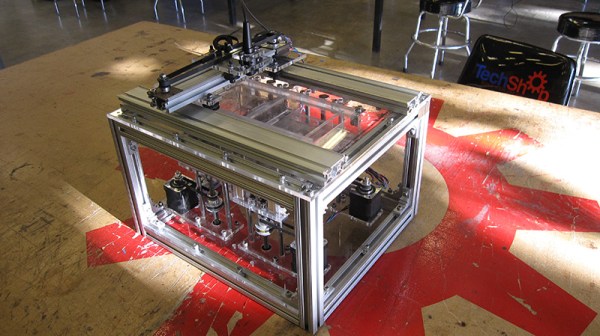Injection molding machines are able to form very detailed plastic parts, simply by squirting plastic into a mold. 3D printers squirt plastic. Why no one thought of using a 3D printer extruder to push plastic into a mold until now is something we’ll never know.
[bfk] has been working on a way to produce very small, very detailed parts for a while now, and realized the extruder of a 3D printer serves most of the functions of an injection molding machine. It takes plastic, melts it, and forces it through an orifice. Whether that plastic goes to a build platform or into a mold is beside the point; but with a simple silicone mold, anyone can replicate extremely small parts with a tool every hackerspace already has.
The tools required are RTV rubber, which is the most popular mold material around. Aside from that, it’s just silicone lubricant, dowels and LEGO to make sprues, and of course something to make a mold from. Once the mold is made, it’s a simple matter of holding the mold up to the nozzle of a printer and extruding a bit of plastic.
The resulting ‘print’ is as detailed as the best prints that will ever come off a resin printer. It’s great for making parts for very small models like [bfk]’s current project, but this technique could be expanded to anything that needs a lot of small plastic parts with tight tolerances.
Video of the process below.
Continue reading “Turning A 3D Printer Into An Injection Molding Machine”

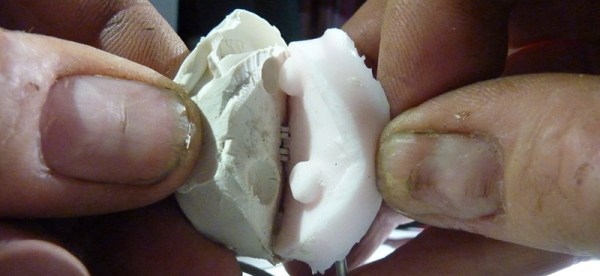
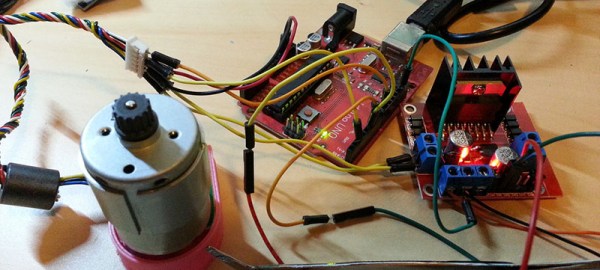
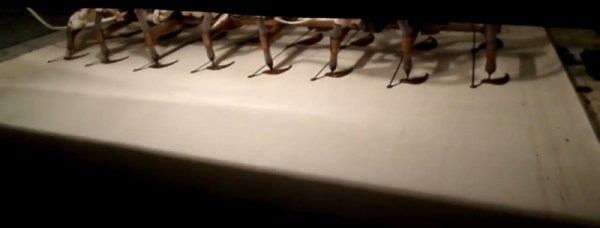
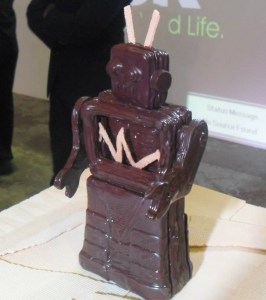 Many years before he was
Many years before he was 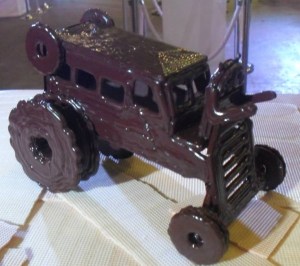 There is a business lesson here too. Once upon a time the Choctopus was a 3D printer but economic constraints have led to him downgrading to 2D. Any 3D requirements are served from an alternate RepRap. The purpose of an 8-armed printer is to mass produce, but for the price, most clients were only interested in a one-off. The products that pay the bills are the much more affordable 2d extrusions in bulk.
There is a business lesson here too. Once upon a time the Choctopus was a 3D printer but economic constraints have led to him downgrading to 2D. Any 3D requirements are served from an alternate RepRap. The purpose of an 8-armed printer is to mass produce, but for the price, most clients were only interested in a one-off. The products that pay the bills are the much more affordable 2d extrusions in bulk.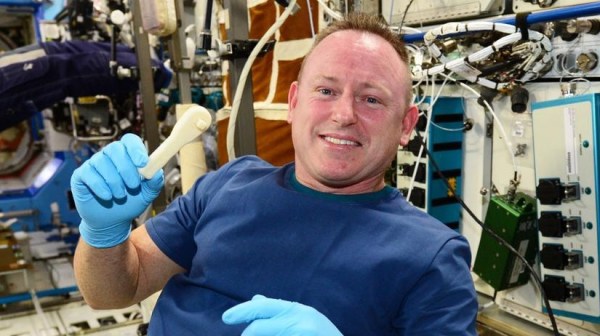
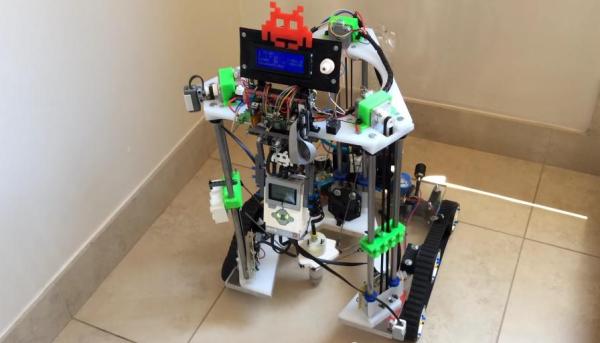
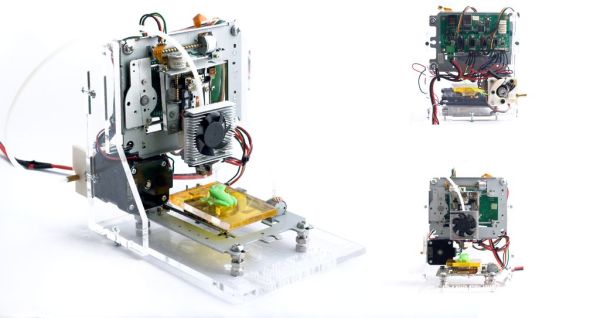
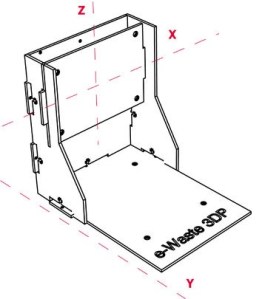 Luckily [mikelllc] has access to a laser cutter. He made the frame from 5mm acrylic sheet stock. All of the pieces have slots and tabs to ease assembly and keep everything straight and square. The motors and frames from the DVD and floppy drives are mounted to the acrylic frame pieces in strategically pre-planned holes. The Y axis is responsible for moving the print bed back and forth. It is mounted on screws so that it can be adjusted to ensure a level bed.
Luckily [mikelllc] has access to a laser cutter. He made the frame from 5mm acrylic sheet stock. All of the pieces have slots and tabs to ease assembly and keep everything straight and square. The motors and frames from the DVD and floppy drives are mounted to the acrylic frame pieces in strategically pre-planned holes. The Y axis is responsible for moving the print bed back and forth. It is mounted on screws so that it can be adjusted to ensure a level bed.